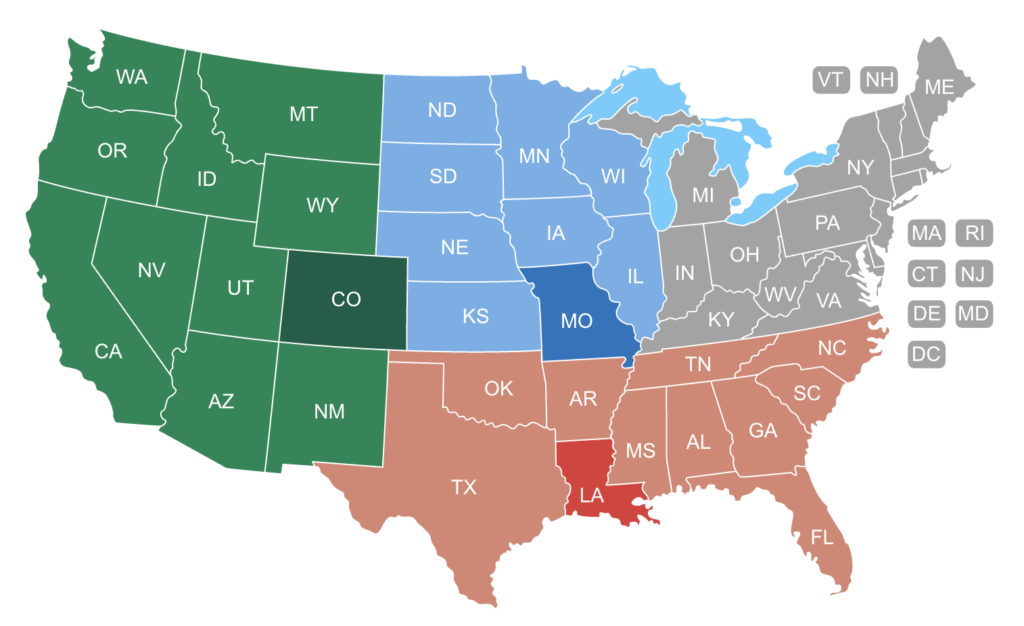
Description: TIS was contacted by a midstream pipeline client to isolate & clean a 52’ diameter gasoline tank in Lincoln, NE. The tank was emptied, cleaned, and taken out of service due to API 653 10-year inspection requirements. The primary objective of TIS was to remove any trace of explosive vapors/material and leave the tank inspection ready.
After the product had been removed, and a diesel flush had been performed, TIS removed two 6” valves, and one 4” valve to isolate the tank (Picture 1). Two 24” manways were then removed, and ventilation was installed to remove flammable vapors inside the tank. Once LEL was below 10%, TIS entered on top of the tank’s floating roof to check pontoons for liquid and disassemble appurtenances. All rim vents (Picture 2) and piping on topside of roof were flushed, and the roof itself was washed.

Once the topside of the floating roof had been cleared, TIS workers entered the tank under the floating roof on supplied air to remove sludge, build three crib towers, install four anti-rotation scissor jacks, and wash the tank interior. The underside of the floating roof, walls, floor, piping, legs, pipe supports, vacuum breaker, and shoe seal were cleaned using pressure washers.

Upon completing the first rinse of the tank, it was noticed there were coating blisters popping up from the floor and walls (Picture 3). Four areas were tested by scraping large blisters and monitoring for vapors. The blisters were found to contain liquid with LEL. It was decided to scrape all blisters. Approximately 2,000 blisters were scraped using 3’ razorblade scrapers with 4” width blades.
After blisters had been scraped, TIS flushed piping and performed a final rinse on the tank. All tank piping, legs, vacuum breaker, rim vents, gauge poles, pipe supports, roof drain piping, and water draw were monitored for vapors and the tank was cleared for hot work.


